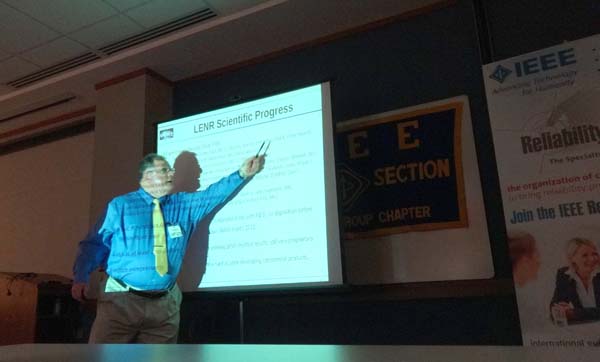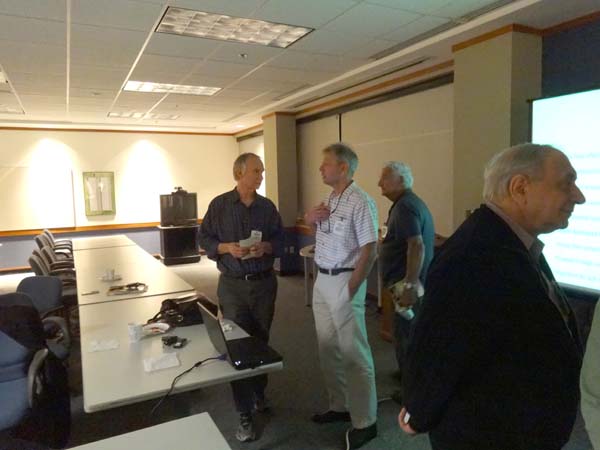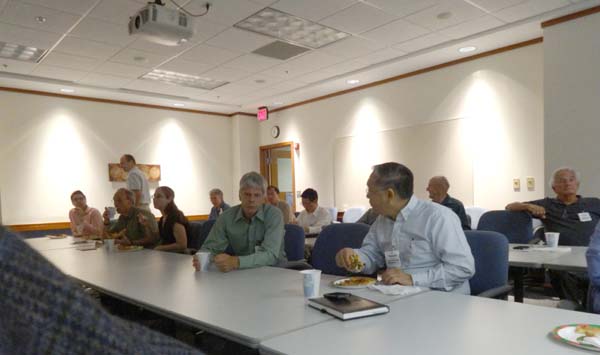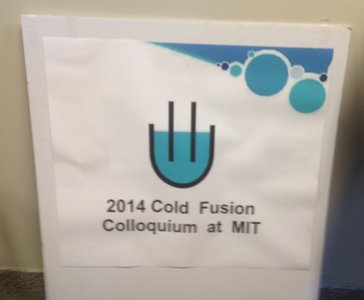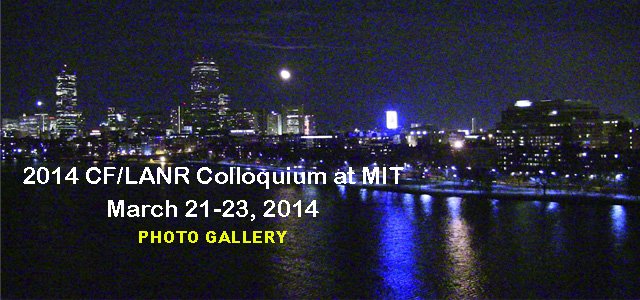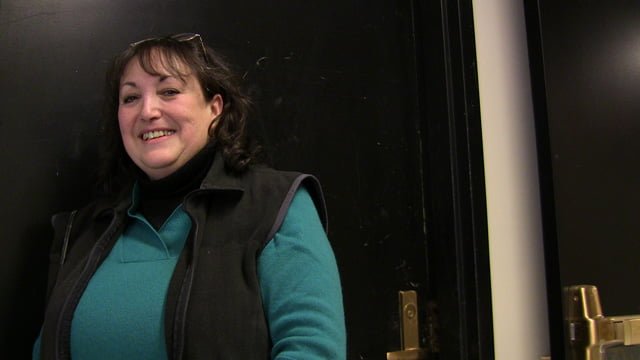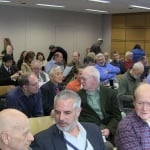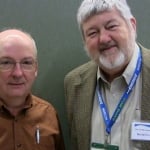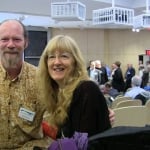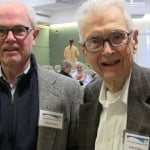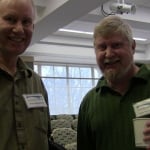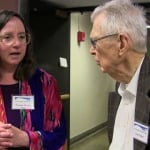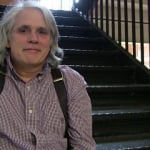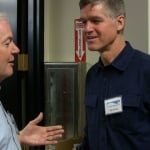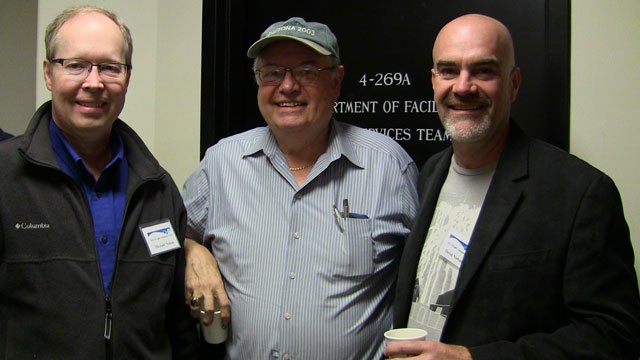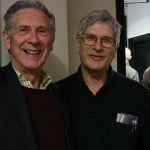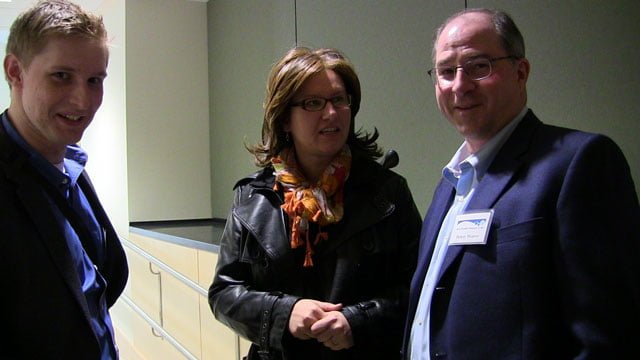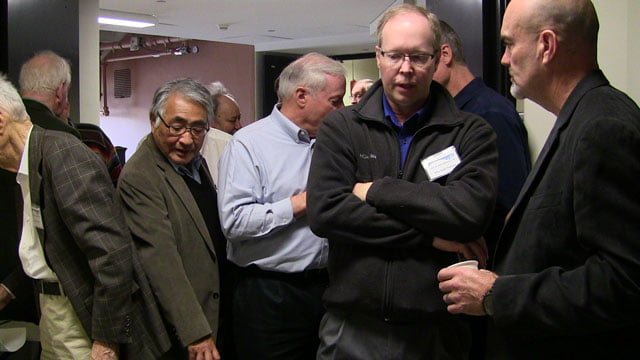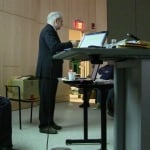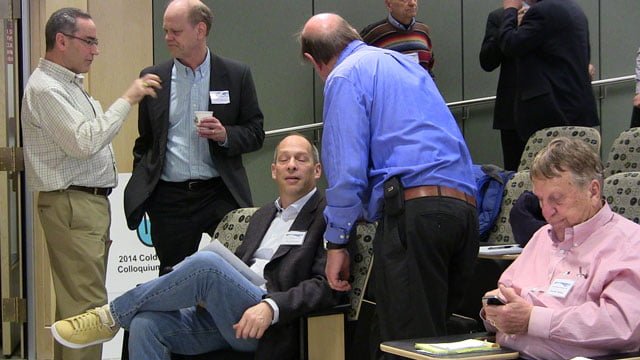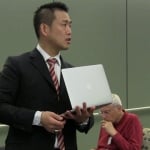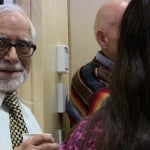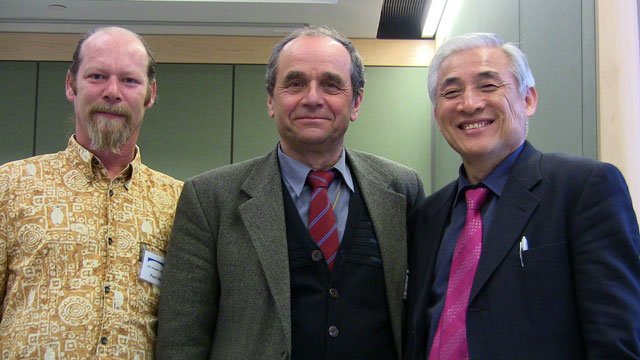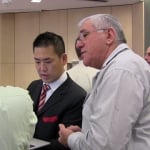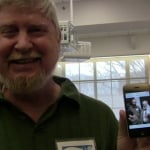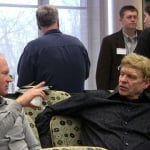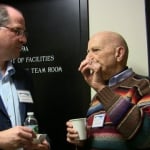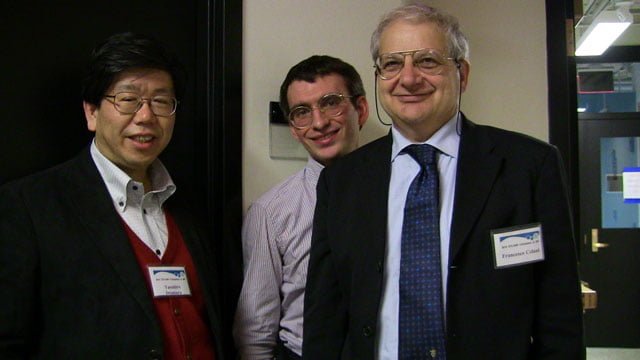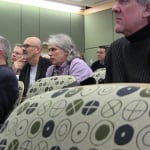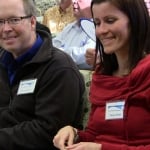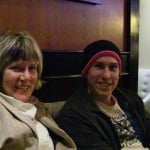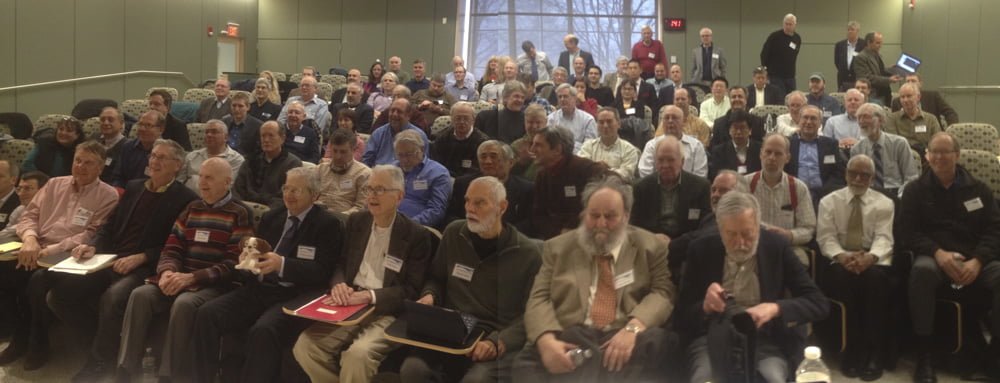 CMNS investigators and the science community will be celebrating the 30th-anniversary of the announcement of cold fusion at the LANR/CF Colloquium at MIT on the campus of the Massachusetts Institute of Technology in Cambridge, MA on Saturday, March 23 and Sunday, March 24, 2019.
CMNS investigators and the science community will be celebrating the 30th-anniversary of the announcement of cold fusion at the LANR/CF Colloquium at MIT on the campus of the Massachusetts Institute of Technology in Cambridge, MA on Saturday, March 23 and Sunday, March 24, 2019.
These colloquiua have been hosted for many years by Dr. Mitchell Swartz of JET Energy Incorporated, Dr. Peter Hagelstein of the Energy Production and Energy Conversion Group at MIT, and Gayle Verner, also of JET Energy.
The focus is the science and engineering of successful Lattice Assisted Nuclear Reaction [LANR] systems, including the important roles of the lattice and material science issues, as well as electrophysics.
Dr. Swartz believes engineering, along with the benefits of teaching its principles, is vital for success of attaining active LANR systems.
He has previously demonstrated the importance of this with his engineered systems including his metamaterial high impedance aqueous PHUSOR®-type technology that was shown on the MIT campus in 2003 as part of ICCF10, and, his dry preloaded NANOR®-type component technology demonstrated in 2012 at the Cold Fusion 101 IAP Course at MIT, which ran for 3 months thereafter.
 “Where is there science without engineering?” he asks.
“Where is there science without engineering?” he asks.
“When we first made ‘cat whiskers’ back in the 50s using galena (a mineral) and a perpendicular wire positioned on it to make a junction “diode” – that was considered high-tech. Now look how far we’ve come with the engineering in that technology.”
“Similarly,” says Dr. Swartz, “in this clean energy-production field, there is much data heralding that applied engineering has also improved results: including incremental power gain, total output power, and excess energy density which have all increased; supplemented by improving controls and many new diagnostics.”
“Research takes meticulous effort, taking the time to write it up, and if you’re lucky – submitting it and getting feedback. So that’s why we’re having a posters at the colloquium.”
Updates will be posted here and 2019 LANR/CF Colloquium website at: http://theworld.com/~mica/2019colloq.html
Attendance to the Meeting requires pre-Registration. The room size for the Colloquium is space-limited, and due to this limited size, there will be no walk-ins.
Note that the DEADLINE for REGISTRATION is March 14th.
See accommodations options 2019 LANR/CF Hotel Options [.pdf]
See closest hotels to campus on google maps.
AGENDA and Tentative Schedule
LANR Science and Engineering: From Hydrogen to Clean Energy Production Systems
SATURDAY
I. Experimental Confirmations of LANR/CF
A, Energy Production:
Excess Heat/Tardive Thermal Power (Heat after Death)
Helium Production/Other Products
Penetrating Emissions/Particles
Distinguishing Optical/Radiofrequency/Acoustic Signatures
Engineering Methods of Activation/Control
Engineering of Applied Magnetic Field Intensities
B. Energy Conversion:
Stirling LANR Engines/Propulsion Systems
Thermoelectric Conversion/Direct LANR Electrical Generation
Rotating Linked LANR Magnetic Systems
Acoustic LANR Conversion Systems
II. Other Experimental Support for LANR/CF
Supporting Confirmations (eg Fract. And Comb Phonon Expts)
III. Theories Supporting/Consistent with LANR/CF
Lattice/Metallurgical/Material Science
Nuclear
Electromagnetic
Other
IV. Engineering Applications from/of LANR/CF
V. Reconciliation of Success with Policy/Obstruction
See the previous 2014 LANR/CF Colloquium lectures here, held on the 25th Anniversary of the announcement of cold fusion.



